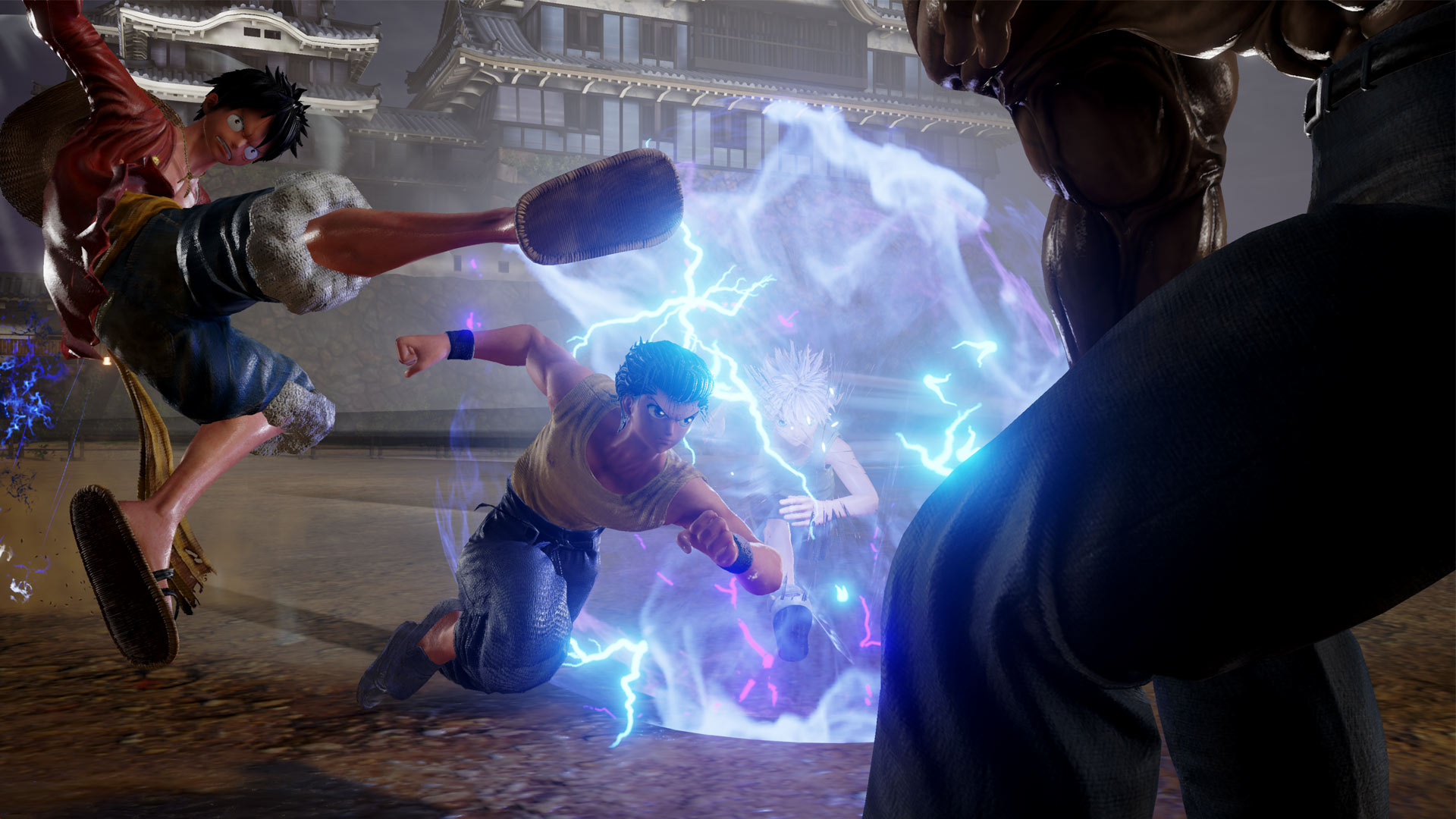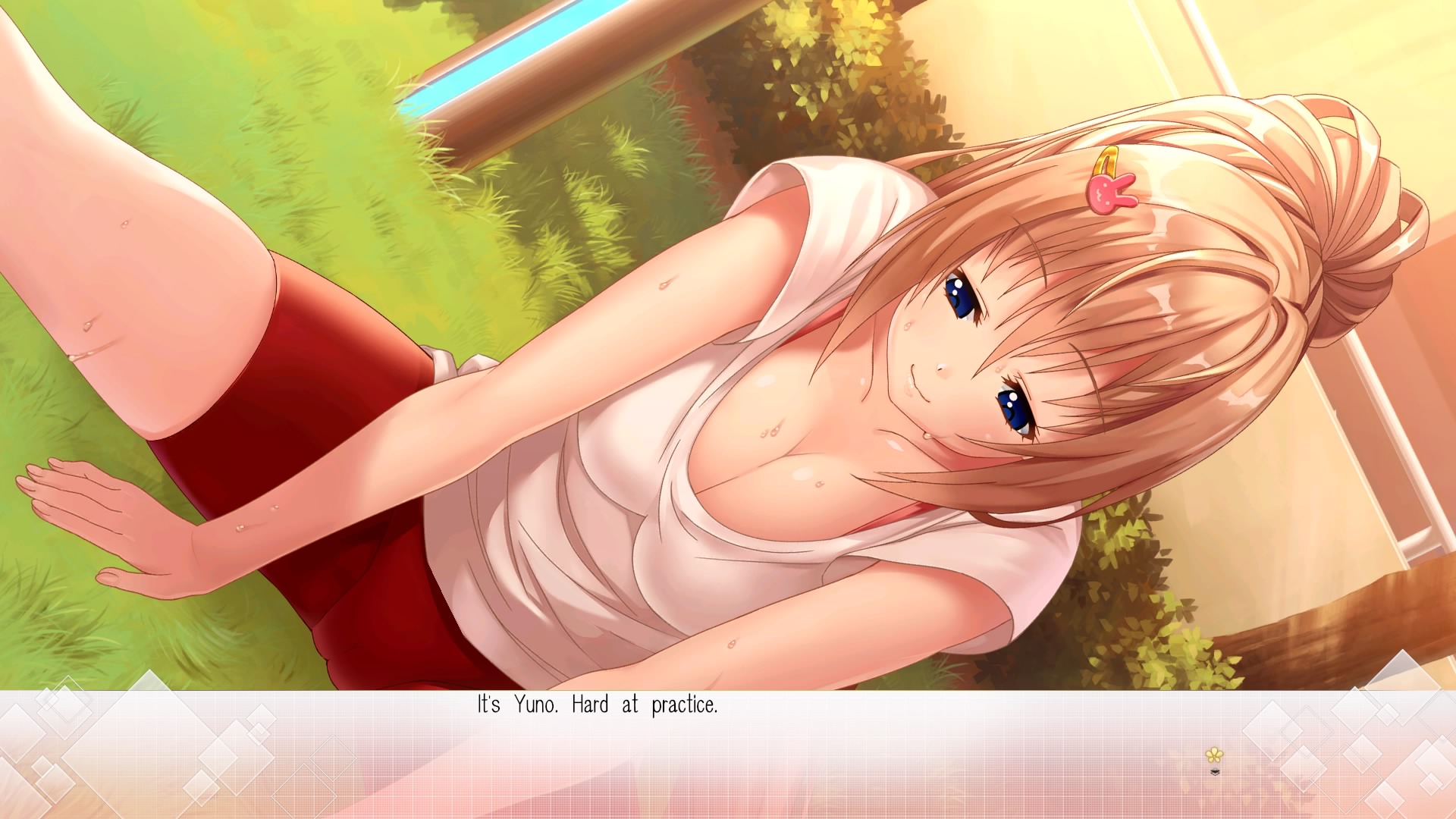A new month brings with it an updated list of Participation Trophy “winners!” These are the lowest-scoring games featured on PlayStation LifeStyle from from February 2019. Here, we’ll not only summarize what didn’t work with each game, but also impart some constructive criticism for ways things could be improved.
February is the month of love. Unfortunately, we didn’t have much love to give towards the lowest-scoring games of February 2019. There are some brutally low scores this month to be sure, making January look like a much happier time for our reviewers. Take a peek at our gallery below to see which games made the unloved list, along with some constructive criticism for the developers to help prevent the same issues from cropping up in their next title.
So, what did you think? Did the featured games deserve such low scores or were we completely off the mark this month? Let us know in the comments below. Feel free to also leave condolences for our reviewer Jenny Jones who, like Lucas White in January, had the misfortune to review two of the games on this list.
Participation Trophy - February 2019
-
Jump Force

Developer: Spike Chunsoft
Publisher: Bandai Namco Entertainment
Score: 3/10
Reviewer: Lucas White
Read our review here. Jump Force had the right stuff on paper. Shonen Jump heroes from all over the manga world, facing a new enemy in the “real” world, in a fighting game. What could go wrong? As it turns out, quite a lot.
What Went Wrong?
Without sugarcoating it, almost every part of Jump Force had some problems. The Unreal Engine was used in Jump Force, yet the game’s performance suffered in both cutscenes and during actual combat. There are a ton of special effects used during fights, and while those do fit into the world of Jump Force, they don't appear to be optimized. According to White, the motion blur is sometimes so intense that it can make “even basic actions like trying to get into striking range more guesswork than it ever should be.” To top things off, videos have been making the rounds featuring atrocious animations during cutscenes, where characters simply slide across the screen without really articulating. The whole thing just reeks of being a gigantic rush job.
What Went Right?
One thing Jump Force really nailed was specials. Specifically, the special moves offered for each of the playable characters helped to distract from the overall lack of polish seen in the title elsewhere, if only briefly. There was also an impressive roster of characters at launch, so Shonen Jump fans were likely to be pleased in that regard.
What Would Have Helped?
Time. Lots more of it spent in development would have prevented a lot of technical issues from rearing their ugly heads. The idea was solid on paper—take everyone’s favorite manga characters and let them go to town in the real world. But many of these characters are designed with the manga medium in mind, and thus have quite strange body proportions that make no sense when translated to our world. One look at Jump Force’s title logo, and you’ll see what we mean. So, keeping characters stylized in their regular form, when appropriate, would’ve done wonders for presentation, even if they looked a bit out of place in our world. Fans would probably rather see an instantly recognizable version of their favorite character, than a grotesque abomination thrown into reality.
-
RemiLore: Lost Girl in the Lands of Lore

Developer: Pixellore
Publisher: Nicalis
Score: 4/10
Reviewer: Jenny Jones
Read our review here. Rogue-lite games are pretty common and can be found on seemingly every platform these days. Standing out from the crowd is a daunting task for this genre. Unfortunately, RemiLore: Lost Girl in the Lands of Lore didn’t really do anything to do so.
What Went Wrong?
Perhaps the biggest issue players will encounter is that RemiLore features a only one save slot. This is in spite the game actually featuring three game modes, one of which is surprisingly co-op. Even games from the 1990s supported multiple save slots, so this limitation is especially damning. The story is also bland and repetitive. Since it’s a rogue-lite, levels are procedural, but so is some of the dialog between the game’s two main characters. According to our reviewer Jenny Jones, “this leads to some of the topics getting repeated” until you’re tired of hearing about how high up the two characters are for the fiftieth time. Combat is also not particularly nuanced, as there are only a handful of enemies and the best method of attack for each is quickly figured out.
What Went Right?
Despite the combat being bland, RemiLore did feature over 200 weapons to test out. Variety is the spice of life, and so here it at least ensured a lot of attack combinations to try. The artwork was also pleasing to the eye. Local co-op, a feature usually forgotten about these days, also makes a welcome appearance in RemiLore. This is appreciated, even if the aforementioned one-save limitation means that you’d always need to either play with another person or start over in single-player mode. A whole additional campaign featuring a new character is also unlocked upon clearing the main campaign once, which lengthens the total gameplay one can expect to get out of RemiLore.
What Would Have Helped?
The most obvious quality-of-life improvement that RemiLore would’ve benefited from would be multiple save slots. It’s hard to believe this is actually an issue in a game releasing in 2019, yet here we are. A more imaginative story could have also helped, although people don’t generally play rogue-lite games for their story. It’s generally assumed that the difficulty of later levels, combined with the procedural nature of the game, would provide enough reason to come back and play the game. So, perhaps counter-intuitively, assuming a more enthralling story couldn’t have been crafted, then a less involved story could be developed if it meant that more development time was spent to ensure the core of the game was more solid, whether that’s more varied characters, complex dungeons, or some other aspect.
-
Song of Memories

Developer: PQube
Publisher: PQube
Score: 4.5/10
Reviewer: Jenny Jones
Read our review here. So far, the visual novel genre has been featured in our Participation Trophy feature for two out of two months this year. That’s not a good sign and could be the result of stagnation in the genre. It could simply be that fan service sells well enough that the developers in the genre see little reason to do much more than develop appealing-looking characters.
What Went Wrong?
While the artwork in Song of Memories could be appreciated by fans, the characters behind the curves were pretty boring. The combat minigame, a rhythm game, also quickly became repetitive. Considering these battles could be auto-played, it seemed even the developers knew some players wouldn’t want to bother with them after some time. The storyline also involved being inappropriate with the player’s sister (though they weren’t related by blood, the two were raised together), which is perhaps a line too far for some players. The story also takes forever to get to the apocalypse, which is where things get interesting. It seems to be too boring up until this point, which can be a problem for those without a ton of time on their hands to devote to yet another visual novel.
What Went Right?
Most games of this type feature girls and women (mostly the former) with impossibly ample chests, which also sport ridiculously bouncy breast physics to please fans. In that regard, Song of Memories gets things “right” for their target audience. There is also a darker undertone to the story that is unique to this entry, featuring an apocalypse, a deadly virus, and monsters in between the typical “attend high school as an awkward otaku” fare present in the campaign. The autoplay functionality present on the battle system is also something to be appreciated, even if it does point to a larger problem with the battle mechanic.
What Would Have Helped?
It’s probably easier said than done, but developing characters that the player is going to genuinely care about would have helped plenty. The main love interests the player is presented with are all stereotypes, and that can get old fast. Rhythm as a combat mechanic also felt out of place, so maybe some lighter, quick-time event based sequences could have made things go more smoothly. The average visual novel reader isn’t necessarily looking for an RPG or a rhythm-based game, so the sooner they can get back to the story, the better.




